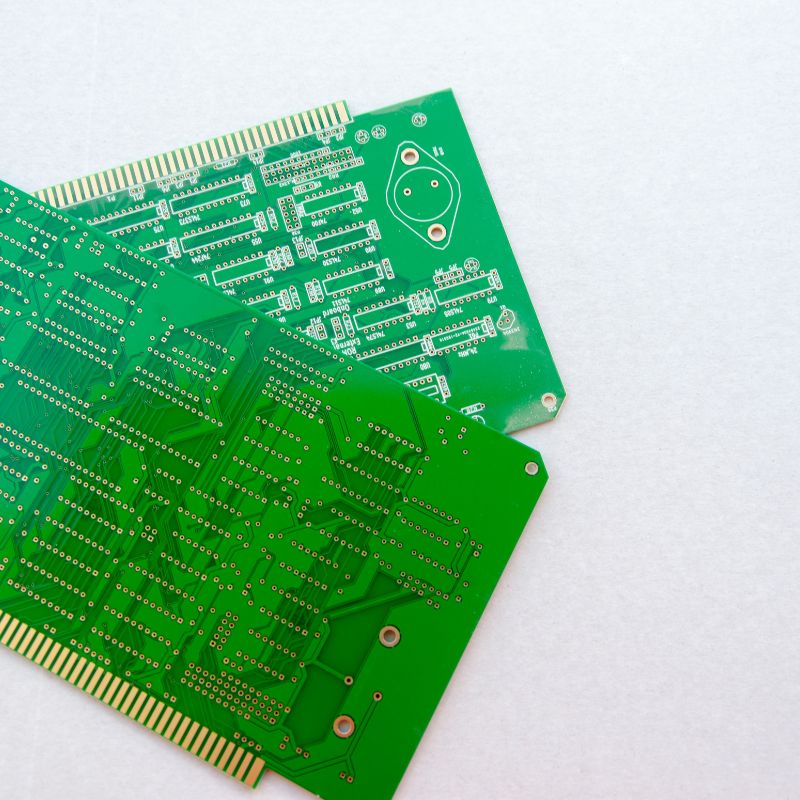
Introduction to manufacturing circuit boards
The world of electronics is vast and complex, with a myriad of devices and components that make our everyday gadgets function seamlessly. One such critical component is the printed circuit board (PCB), which forms the backbone of virtually all electronic devices we use today. From your smartphone to your microwave, from your car’s navigation system to your digital watch, PCB manufacturing is everywhere. But what exactly is a PCB, and more importantly, what is the most common type of PCB? Let’s delve into this fascinating world to find out.
Understanding bare printed circuit boards (PCB)
Before we identify the most common type of PCB, it’s essential to understand what a printed circuit board is. Simply put, a PCB is a thin board made from fiberglass, composite epoxy, or other laminate materials. It hosts various electronic components such as resistors, capacitors, and integrated circuits that are interconnected through etched copper pathways on the board surface.
These boards act as the foundation for arranging electronic components in a compact and organized manner while ensuring they communicate effectively. They also provide mechanical support and heat dissipation for these components.
Types of Printed Circuit Boards
There are primarily three types of PCBs – Single-sided PCBs (one copper layer), Double-sided PCBs (two copper layers), and Multilayered PCBs (more than two copper layers). Each type has its unique features, advantages, and applications.
Single-Sided Printed Circuit Boards
Single-sided board printed circuits are the simplest and most basic type of PCBs. They contain only one layer of substrate or base material covered with a thin layer of metal, usually copper due to its excellent electrical conductivity. The electronic components are then soldered onto this single layer.
These boards are straightforward to design and manufacture, making them cost-effective for mass production. They’re commonly used in simple electronics like calculators, radios, and printers.
Double-Sided Printed Circuit Boards
Double-sided PCBs are a step up from their single-sided counterparts. They have metal conductive layers on both sides of the board, with components attached to both sides as well. The two sides are connected using two methods: through-hole technology (components are inserted into pre-drilled holes) or surface mount technology (components are placed directly on the board surface).
These boards offer more flexibility for designers, as they provide more space for additional components and complex circuits. They’re used in more complex devices like amplifiers, automotive dashboards, and vending machines.
Multilayered Printed Circuit Boards
Multilayered PCBs consist of three or more conductive layers (copper layers) sandwiched between several layers of insulating material. These boards can have anywhere from 4 to 12 layers, although some high-tech versions can contain up to 42 layers.
These PCBs provide even more space for components and interconnections, making them ideal for advanced electronic applications like computer motherboards, satellite systems, and medical equipment.
The Most Common Type of PCB
So which is the most common type of printed circuit board? The answer is the double-sided PCB. While single-sided PCBs are simpler and cheaper to produce, they lack the complexity needed for most modern electronic devices. On the other hand, multilayered PCBs offer high density and capacity but come at a significantly higher cost due to their complex manufacturing process.
Double-sided PCBs strike a balance between complexity and cost-effectiveness. They offer enough space for most electronic applications without being overly expensive or complicated to produce. This makes them the go-to choice for a wide range of industries including automotive, consumer electronics, telecommunications, industrial machinery among others.
Conclusion
Manufacturing PCB boards form an integral part of our daily lives by powering our favourite gadgets and devices. Among all types, double-sided PCBs are the most common due to their versatility, affordability, and suitability for a wide range of applications. As technology continues to advance, we can expect PCBs to evolve and adapt to cater to our ever-growing electronic needs.
Tate Circuits have been manufacturing circuit boards for 50 years. Our technical engineers have excellent knowledge about PCB’s and will ensure every detail is clearly understood and confirmed before production commences. If you would like to talk to one of our highly experienced team, you can contact us here.
